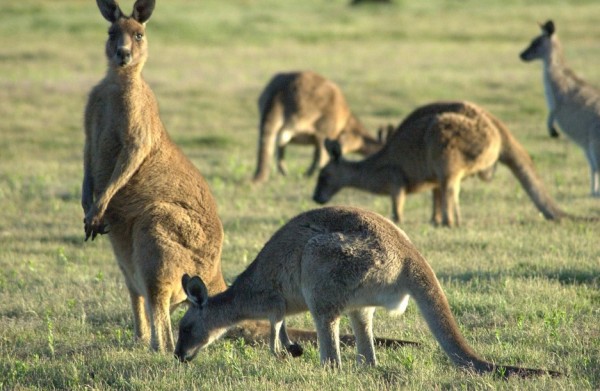Scientists have discovered that kangaroos apparently could be right handed or even left handed just like humans can be however, this new study reveals that most kangaroos found in Australia are apparently lefties.
Wild kangaroos native to Tasmania and main continental Australia were discovered to possess a preference for using their left forelimbs more often than not for daily tasks such as feeding and grooming themselves according to researchers.
This remarkable finding challenges the traditional assumption that "true handedness" meaning, the use of a preferred one hand when it comes to accomplishing different kinds of activities including specific behaviors, was only observed among humans.
During the course of the research, scientists tested this long held assumption with not only kangaroos but also with bipedal marsupials that are apparently considered more true handed than humans.
According to lead author of the study Yegor Malashichev of Saint Petersburg State University in Russia, the team conducted a special assessment scale to measure true handedness of primates and the results reveal that kangaroos achieved the highest grades.
The team also observed incredible consistency when it comes to bipedal marsupial species and their preference of using their left and not right hand.
The researchers were actually surprised to find true handedness inherent in kangaroos since most mammals including humans are apparently missing a neural wiring in the brain that links the right and left hemispheres of the brain.
Upon observing eastern gray and red kangaroos, scientists have seen the animals' more common usage of their left forelimb for everyday tasks like nose grooming and picking leaves off a tree or bending a branch to get leaves.
Instead of hands, kangaroos' forelimbs have five fingered appendages that is somewhat similar to humans' but without fingernails, the kangaroos use their long claws.
Malashichev and his team will continue to observe and study these creatures and the occurrence of handedness in bipedal species that can provide important clues in relation to animals who spend most of their time standing upright like humans.
This study is published in the journal Current Biology.


